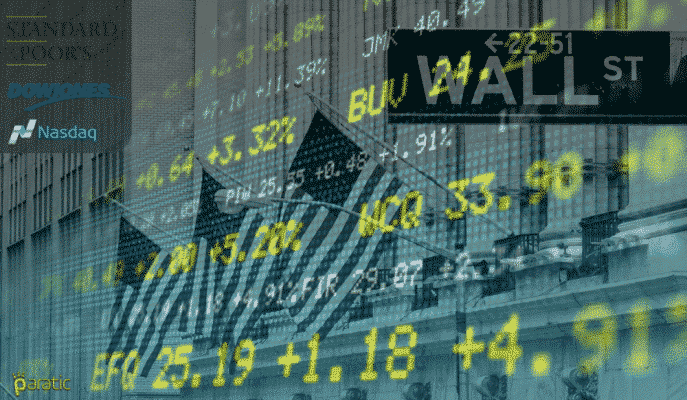3673
0
13.03.2020 THE S&P 500 Daily Analysis
The Fed said it would inject $1.5 trillion of temporary liquidity into the financial system, but it did little to reassure traders, who were apparently

Yazar: Zack Smith
Yayınlanma: 14 Mart 2020 11:23
Güncellenme: 16 Aralık 2025 06:33
13.03.2020 THE S&P 500 Daily Analysis
U.S. stock futures were pointing at a rebound attempt for Wall Street today, after a week of dramatic losses across the globe. The index went into bear-market territory on Thursday, commonly defined as a decline of at least 20% from a recent peak and with the S&P 500 futures up nearly 2%. On Thursday, the S&P 500 suffered its worst day since the “Black Monday” crash of Oct. 19, 1987, when massive falls in the value of stocks on Wall Street triggered similar falls in markets around the world. The index recorded a -9.51% and shed 9.5%, or 260.74 points, to close at 2,480.64. Stocks sank again Thursday as liquidity fears joined the coronavirus pandemic and the illnesses affect the economy to rattle investors. The Fed said it would inject $1.5 trillion of temporary liquidity into the financial system, but it did little to reassure traders, who were apparently dismayed by the lack of concrete plans from President Donald Trump in his address on Wednesday night. Meanwhile, a report by Capital Economics said measures to stop the spread of the coronavirus could force the U.S. economy to contract by a stunning 4% in the second quarter, pushing the economy into recession. In contrast, Markets in Asia fell sharply on Friday, but off the worst levels. Japan’s Nikkei NIK, -6.08% went from a 9% drop to a loss of 5%, After closing sharply lower Thursday, oil futures also perked up early Friday. West Texas Intermediate crude for April delivery CLJ20, 3.873% rose 3% to $32.50 a barrel, while May Brent crude BRNK20, 3.733%, the global benchmark, was up 2.4% at $34.01 a barrel.İLGİLİ HABERLER





European stocks soared and focus shifted to German retail sales after Powell's speech!

Forex Signal For TRY/USD: Inflation Slowdown in November.

Forex Signal For GBP/USD: Bullish Trend Still Not Breaking While Recovery Continues.

Forex Signal For EUR/USD: Starry US Data Points to Higher Fed Increases.

Forex Signal For BTC/USD: Downside Continues as Bitcoin Recovery Moves Less.
En Popüler Haberler
Yorum Yap
Yorumlar
Henüz yorum yapan yok! İlk yorumu siz yapın...